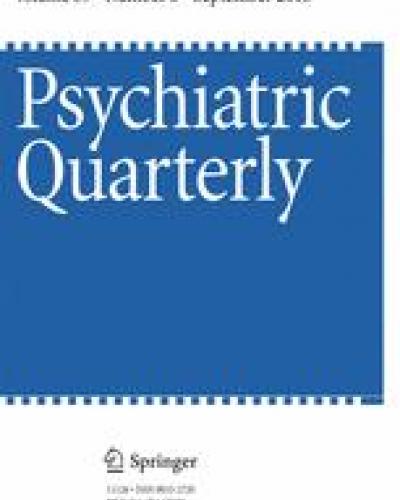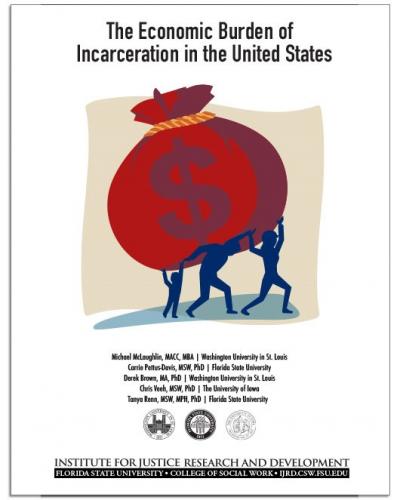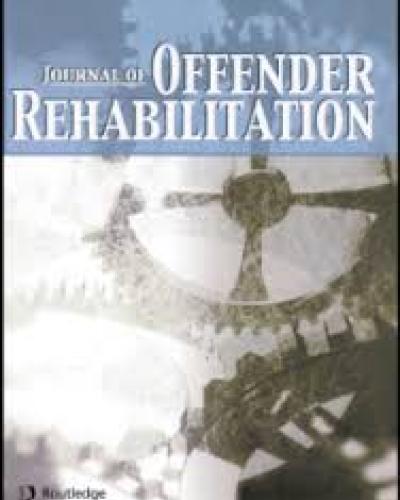
The Intersectional Effects of Race and Gender on Time to Reincarceration
Published:
| Author: Katie Ropes Berry, Stephanie Kennedy, Margaret Lloyd, Christopher Veeh, Stephen Tripodi
People of color are overly incarcerated and reincarcerated after release. In an 8-year analysis of more than 21,000 individuals leaving state prisons, Black men were incarcerated more often and more quickly when compared to all other groups. However, with two exceptions (age at intake and marital status), Black men had lower risk scores on most variables when compared to other members of the sample. The interactions found were a potent predictor of time to reincarceration, even when controlling for a range of identified risk factors.
Category: Reentry, Recidivism, Racial and Gender BIas

The Relationship Between Severe Mental Disorders and Recidivism in a Sample of Women Released from Prison.
Published:
| Author: Erin A. King, Stephen Tripodi, Christopher Veeh
Women are one of the fastest growing sectors of the prison population, and have different pathways into prison and differing needs during the reentry process when compared to men. Women report higher levels of mental health problems overall, and report more severe symptomatology. The current study focuses on the role of severe mental disorders (SMDs) for 2,311 women released from prison and how SMDs relate to recidivism. Women diagnosed with SMDs were 16% more likely to have recidivated at eight years post-release compared with women who were not diagnosed with an SMD (p < .05).
Category: Reentry, Recidivism, Mental Health, Incarcerated Women

Promoting Reentry Well-Being: A Novel Assessment Tool for Individualized Service Assignment in Prisoner Reentry Programs
Published:
| Author: Christopher Veeh, Tanya Renn, Carrie Pettus-Davis
The Reentry Well-Being Assessment Tool (RWAT) is an innovative practice tool to systematically guide individualized assignment into reentry program services based on a participant’s changing needs during the transition from prison to the community. Clearly defined treatment targets that promote an individual’s well-being are paired with a comprehensive set of assessments within the RWAT to measure progress throughout a prisoner reentry program.
Category: Reentry, Well-Being

Gender differences in experiences of social support among men and women releasing from prison
Published:
| Author: Carrie Pettus-Davis, Christopher Veeh, Maxine Davis, Stephen Tripodi
Positive social support is critically important to postprison well-being outcomes. However, researchers and program developers are still trying to understand how to best promote stable and sustainable social support for formerly incarcerated individuals during reentry to the community. We sought to add to the body of knowledge on social support and prisoner reentry by comparing men and women releasing from prison on the quality (e.g., positive or negative) and amount of informal social support.
Category: Reentry, Incarcerated Women, Gender Differences

The Economic Burden of Incarceration in the U.S.
Published:
| Author: Michael McLaughlin, Carrie Pettus-Davis, Derek Brown, Christopher Veeh, Tanya Renn
This study estimates the annual economic burden of incarceration in the US. The $80 billion spent annually on corrections is frequently cited as the cost of incarceration, but this figure ignores important social costs including costs to incarcerated persons, families, children, and communities. This study draws on a burgeoning area of scholarship to assign monetary values to 23 different costs, which yield an aggregate burden of $1 Trillion.
Category: Cost of Incarceration

THE ECONOMIC BURDEN OF INCARCERATION IN THE U.S.
Published:
| Author: Michael McLaughlin, Carrie Pettus-Davis, Derek Brown, Christopher Veeh, Tanya Renn
This study estimates the annual economic burden of incarceration in the US. The $80 billion spent annually on corrections is frequently cited as the cost of incarceration, but this figure ignores important social costs including costs to incarcerated persons, families, children, and communities. This study draws on a burgeoning area of scholarship to assign monetary values to 23 different costs, which yield an aggregate burden of $1 Trillion.
Category: Cost of Incarceration

Assessing Attitude and Reincarceration Outcomes Associated With In-Prison Domestic Violence Treatment Program Completion
Published:
| Author: Annelise M. Mennicke, Stephen Tripodi, Christopher Veeh, Dina Wilke, Stephanie Kennedy
Studies indicate that as many as 30%–56% of incarcerated men have perpetrated domestic violence, and that factors related to domestic violence perpetration are associated with long-term recidivism after release. The current study evaluates the effectiveness of an in-prison domestic violence treatment program called STOP and Change Direction to increase positive attitudes toward women, decrease levels of criminal thinking, and reduce general recidivism rates for program completers.

